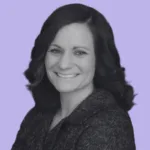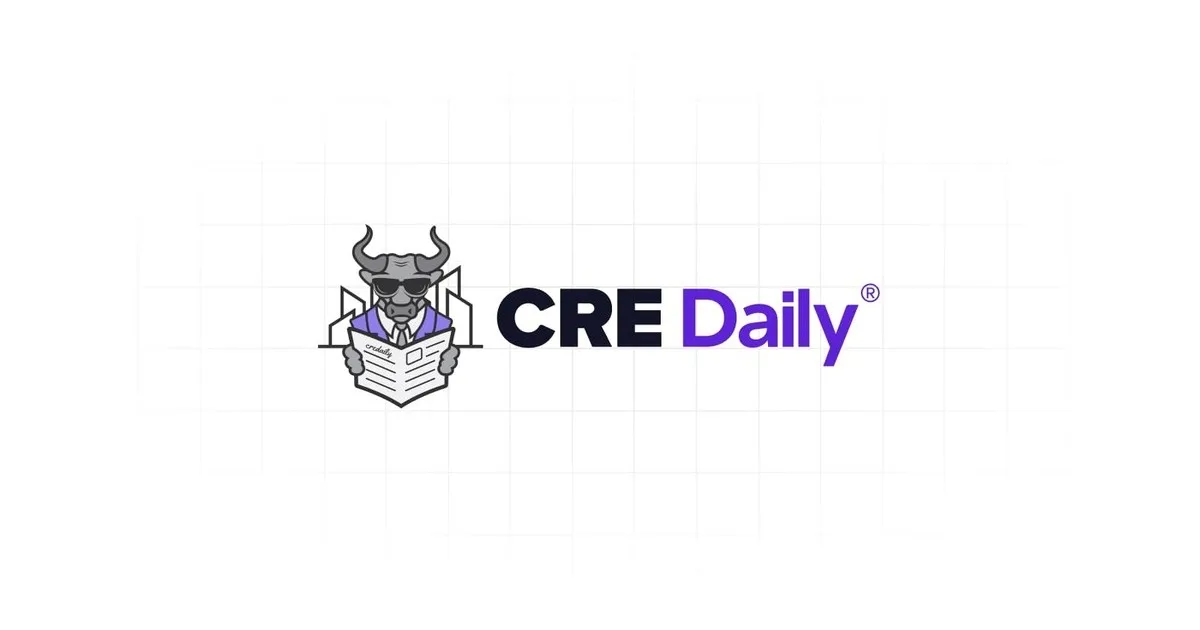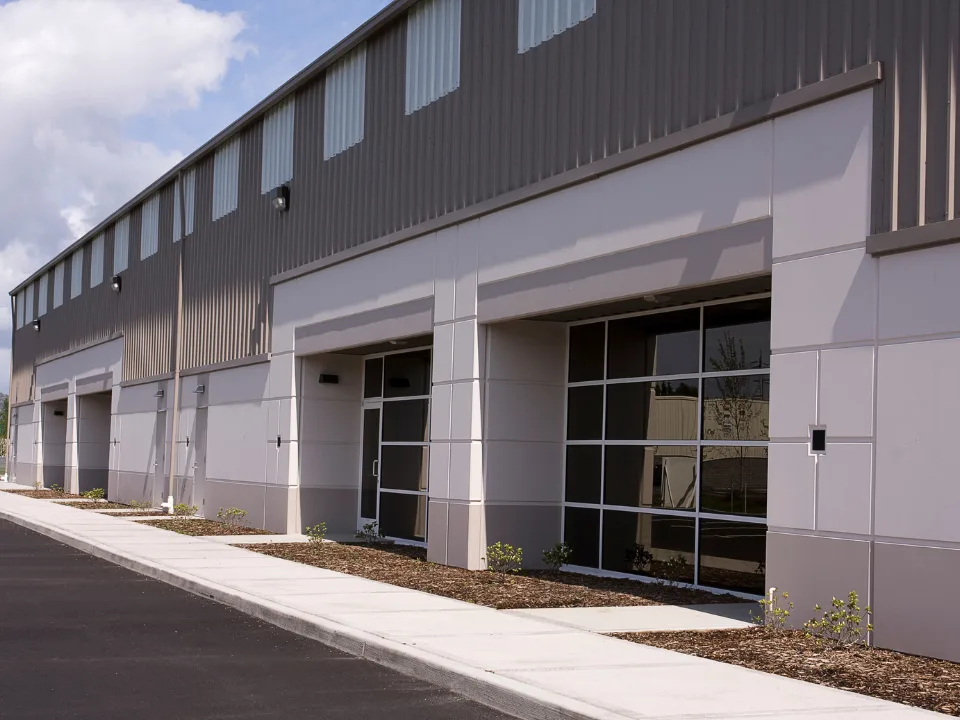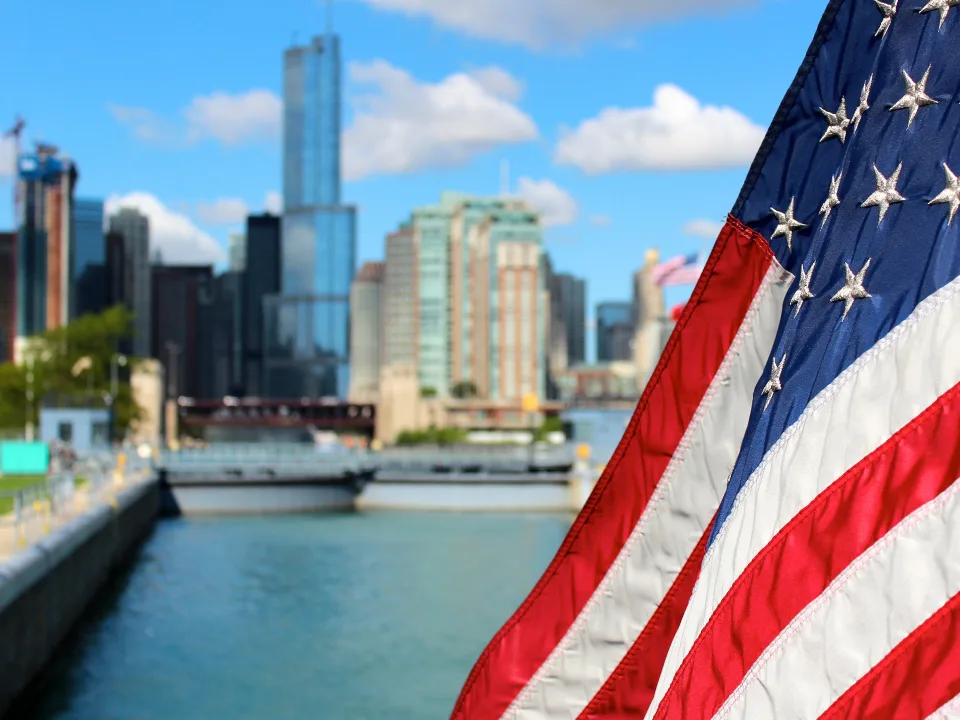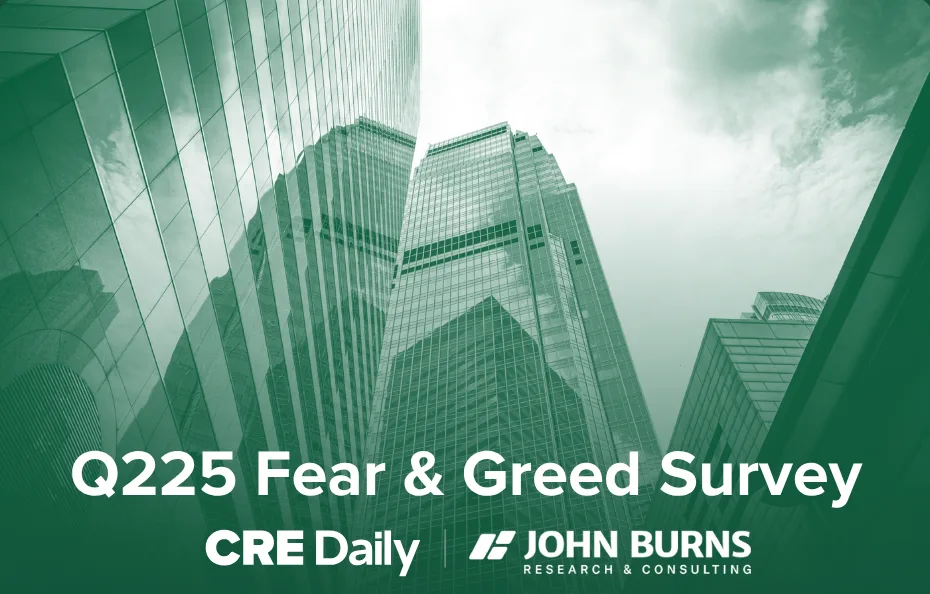- Manhattan’s trophy office leasing hit its highest level since 2019, but construction tariffs are raising build-out costs by 2–6% for landlords.
- Developers are mitigating risk with supply chain shifts, local sourcing, and prefabrication methods, as guaranteed maximum price contracts leave little margin for error.
- Top-tier space is scarce, with vacancy for Class A trophy assets dropping to 9.2%, while Class B and C properties still struggle to sign tenants.
Strong Leasing, Uncertain Construction Costs
Manhattan’s trophy office market is gaining traction, but landlords now face a new challenge: rising tariffs on construction materials, as reported by Bisnow. While Q1 marked the city’s most active leasing quarter since 2019, developers and tenants are grappling with a 2–6% increase in build-out costs, according to Columbia Property Trust’s Ted Koltis.
Creative Responses To Cost Pressures
To stay competitive, landlords and contractors are adapting. JRM Construction’s Antonina Caruso noted a push toward locally sourced materials and prefabricated construction. Firms like Savanna are even exploring international detours—like shipping US-sourced aluminum to Colombia for processing before re-importing—to maintain timelines while managing tariff exposure.
Get Smarter about what matters in CRE
Stay ahead of trends in commercial real estate with CRE Daily – the free newsletter delivering everything you need to start your day in just 5-minutes
Not All Space Is Created Equal
Despite macroeconomic uncertainties, the appetite for best-in-class office product remains strong. JLL reported a 9.2% vacancy rate for top-tier buildings, and more than two-thirds of the 4.3M SF of office space under construction is already pre-leased. “We’re entering a landlord’s market quickly,” said Vornado’s Glen Weiss. “We’re feeling very good about what’s to come.”
A Bifurcated Market Emerges
High-end space is vanishing fast—Cushman & Wakefield’s Bruce Mosler said just a few large blocks are still available. However, the broader market paints a different picture: citywide vacancy remains elevated at 15.5%, as Class B and C landlords lag in attracting tenants.
Global Firms Get Hit—And Helped
Some global companies, like Citadel, are navigating material shifts in real time. Citadel dropped Italian materials from its 500K SF build-out at 660 Fifth Ave. due to tariff concerns. But Citadel’s concurrent London project could benefit from lower prices, as Europe redirects material exports away from the US.
Outlook Ahead
Trophy office demand in Manhattan remains strong, giving landlords pricing power even as tariffs drive up construction costs. To stay competitive, developers are shifting to local materials, adjusting lease terms, and exploring alternative supply chains. Limited high-end space will drive rent growth, creative build-outs, and push Class B and C buildings to adapt or lag.



